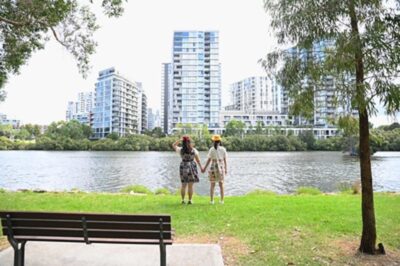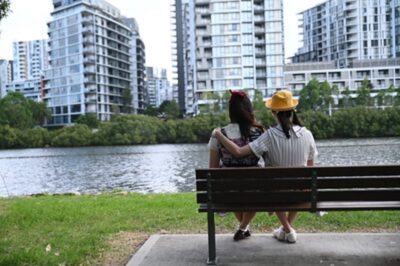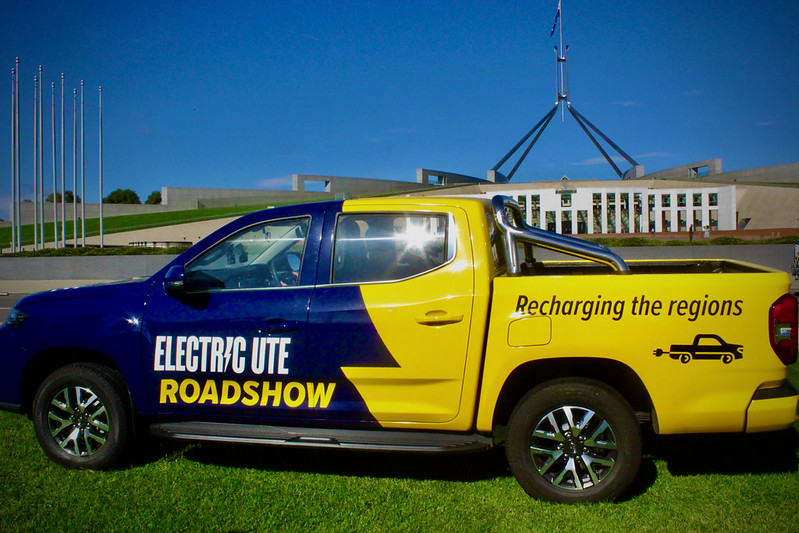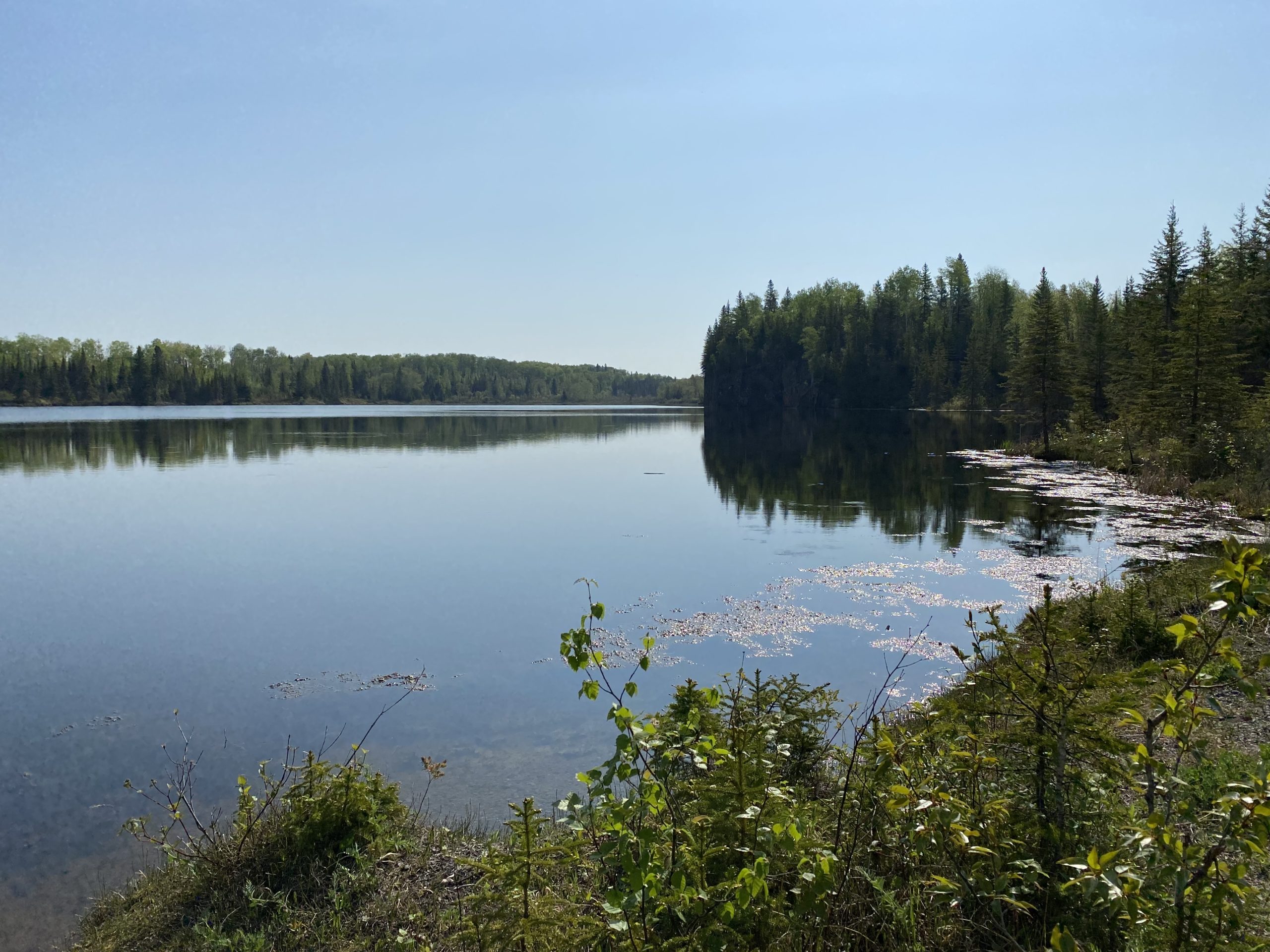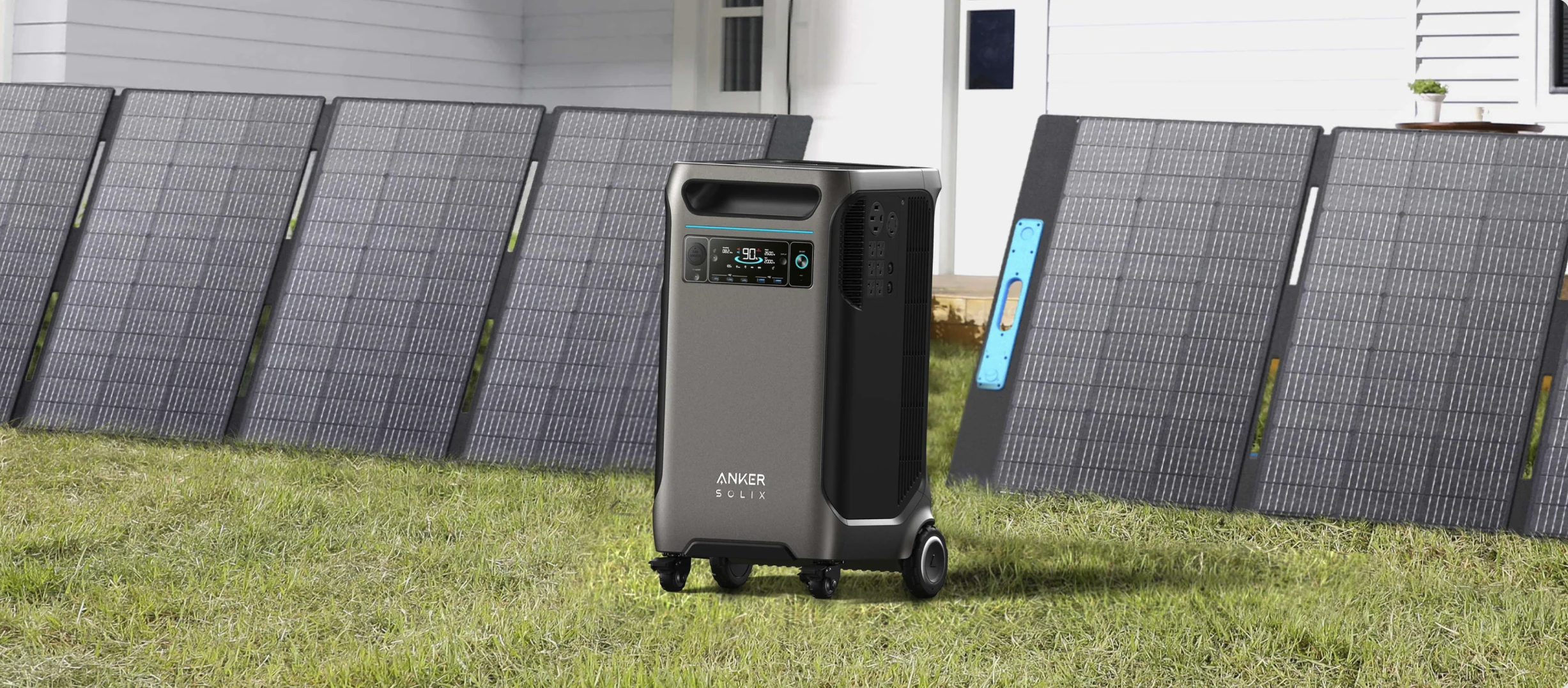Sign up for daily news updates from CleanTechnica on email. Or follow us on Google News!
In an attempt to solve the conundrum of installing solar panels on strata title unit blocks for the benefit of all, Solar Citizens Australia has launched a pilot project in inner urban Sydney, Australia. The High-Rise Electrification Pilot Project has come about from a simple inquiry by an inner-city resident of Discovery Point, located in Wolli Creek, Sydney. The potential of the project is enormous, covering six apartment blocks with over 3,500 occupants. Fifteen percent of Australians currently live in strata-titled properties such as apartments and townhouses. Housing density is expected to rise as population increases.
Each of the six buildings involved in the High-Rise Electrification Project has its own set of unique characteristics. They are joined by a community association, but each building has a separate body corporate. Some have an embedded network and some do not. It is going to be complicated to electrify this village. When it is complete, it will have created a paradigm for the transformation other high-rise blocks.
Dense inner-city areas also need to solve the rising need for electrical vehicle charging. There are already 63 battery electric vehicles (BEVs) registered at the Discovery Point postcode 2205.
Solar Citizens is seeking further funding to ensure the resources of the High-Rise Electrification Pilot match the lofty ambitions held for the Wolli Creek project. Partners are also being sought to ensure that the technical knowledge and advice is available to residents as they embark on this journey.
“Solar Citizens is an independent, community-based organisation that represents the millions of Australian households who are powering their lives with the sun, and the vast majority of Australians who support the transition to renewable energy and clean transport. Our vision is for an Australia where everyone is enjoying the financial and health benefits of clean technology: renewable energy, clean transport, and electrified homes,” the organization writes.
Not only is Solar Citizens planning to install solar panels and batteries, but they will also be encouraging residents to take up more electrical appliances, with a proposed “Electrification Library ” of appliances and devices to build knowledge of household electrification through actual experience. Just like taking a book out of the library, residents will be able to borrow and try, for example, an induction cooktop. Residents may be able to also borrow air quality meters to check the air in their kitchens when using gas appliances. The plan is to support “local leaders to create a blueprint for how to retrofit solar and battery storage, get off gas and switch to electric appliances, and install electric-vehicle charging infrastructure.” Yep, it will be very complicated and very worthwhile.
Community sessions hosted by Solar Citizens will provide expert advice on the transition complete with case studies. Solar Citizens plans to take all stakeholders with them on this journey. They need the residential community, the media, and all decision makers on board. The benefits, not just for the environment, but for cost-of-living relief can be identified with hard data and experience to influence all levels of government.
The Australian federal government is providing funding to states for electrification projects. Each state is using the funding differently. For example, New South Wales is establishing community solar banks for those who cannot install solar panels.. Victoria and the Australian Capital Territory (ACT) are supporting their own strata schemes to install solar panels for cost-of-living relief. Retrofitting existing blocks for solar and electric vehicle charging is expensive. Since there are still mandates for these innovations on new builds, the expensive retrofitting dilemma will continue into the foreseeable future.
The ultimate goal of the pilot project in Wolli Creek is to provide a blueprint for strata associations around the country to navigate sustainable energy upgrades to their own specific requirements and needs.
One of the many issues to be resolved in the project will be how to manage renter access to solar. There are over a million privately owned apartments in Australia. Sixty percent of people living in strata are renters. Although some local councils are providing assistance to strata teams to add solar and electrify, that support is not available in the local government area where the Discovery Point community is located.
The plan is expected to evolve as the buildings are examined for best use. Lots of questions will need to be answered around power, structure space, and storage. To achieve the Australian Energy Market Operator’s goal to double rooftop solar in the next 10 years, we need all the built structures we can get. The distributed energy network provided by rooftop solar will also reduce demands to upgrade the grid.
The battle to install charging for electric vehicles also continues. At our inaugural “Coffee, Cake and EVs” meeting on the Sunshine Coast yesterday, we were told the story of yet another frustrated apartment owner who was having to charge his electric BYD Atto 3 using an extension cord hanging out of the window. Despite two of the members of the body corporate owning electric cars, progress towards installing external powerpoints for charging is slow.
This morning’s news feed announced that wholesale prices for electricity are dropping in October, as renewables feed more and more power into the grid. Hopefully these price decreases of almost 15% will be passed on to the general public and Solar Citizen’s campaign to install solar on apartments will be as successful as its campaign to encourage politicians to introduce fuel efficiency savings.
Solar Citizens made the news earlier this year when they drove an electric ute from LDV around Australia and presented it to politicians and the public, demonstrating the value of fuel efficiency standards.
As winter and spring become a memory and the news is filled with warnings of a dry and very hot summer to come, renters in high-rise apartments will seek relief from the heat and high electricity bills. This pilot project by Solar Citizens could be part of the answer. Over 3 million Australians already have solar on their roofs and are reaping the rewards, but millions more do not have access to lower power bills because they live in apartment buildings and strata. Not all of these apartment dwellers live in affluent suburbs.
Have a tip for CleanTechnica? Want to advertise? Want to suggest a guest for our CleanTech Talk podcast? Contact us here.
EV Obsession Daily!
I don’t like paywalls. You don’t like paywalls. Who likes paywalls? Here at CleanTechnica, we implemented a limited paywall for a while, but it always felt wrong — and it was always tough to decide what we should put behind there. In theory, your most exclusive and best content goes behind a paywall. But then fewer people read it!! So, we’ve decided to completely nix paywalls here at CleanTechnica. But…
Thank you!
Tesla Sales in 2023, 2024, and 2030
CleanTechnica uses affiliate links. See our policy here.

